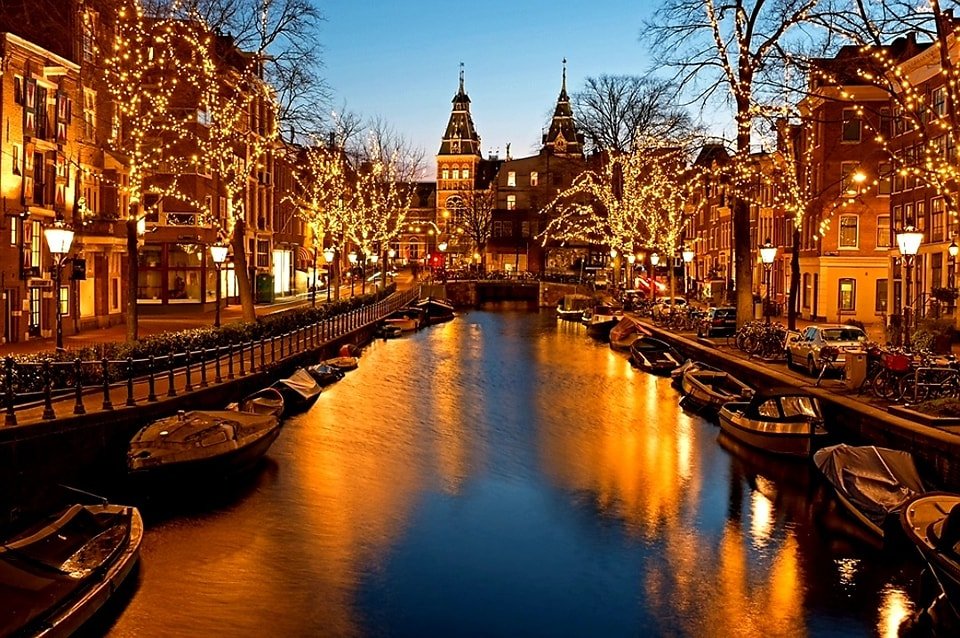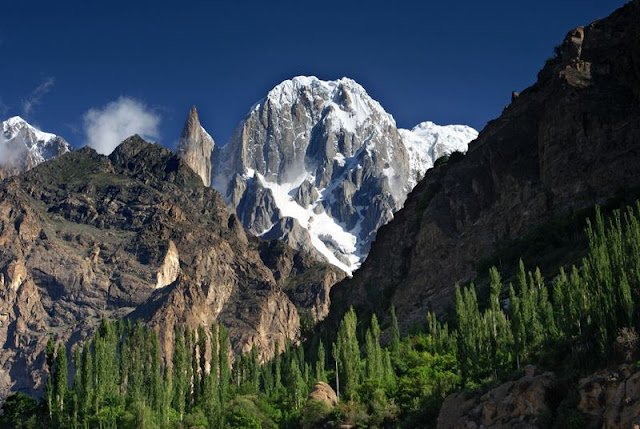There is no other place on Earth like a lonar crater. In the year 1819, a miraculous event occurred in the small village of Lonar in Maharashtra, India. A huge crater appeared overnight in the middle of the village, and it was soon discovered that this was no ordinary crater – it was one of the largest and oldest impact craters on Earth!
Lonar Crater Geological Time Capsule
Scientists were baffled by the discovery and could not explain how or why such a large crater had suddenly appeared out of nowhere. However, over time they began to piece together the story of how the Lonar crater came to be. It all started with a massive asteroid that hurtled toward Earth over 50,000 years ago… The asteroid slammed into the ground at high speed, creating an incredible explosion that left behind the massive crater we see today.

The force of the impact also created a series of devastating earthquakes and tsunamis that affected everything nearby for miles around. Unfortunately, many people living near Lonar crater lost their lives in the disaster. But despite its tragic beginnings, Lonar crater has become an important archaeological site for researchers from all over the world. They come here to study its unique features and learn more about our planet’s history. So if you ever find yourself in Maharashtra, make sure to visit this amazing place and experience its power firsthand.
In addition to having significant geological features, the crater is filled with old temples. Though at first you seem to take those temples as some ordinary temples, but if you look closely each one of them is an architectural wonder. The crater hosts a beautiful saltwater lake, surrounded by dense forests and filled with wildlife. It is a place of great mystery and intrigue, and scientists and adventurers alike were drawn to its shores to study its unique geology and ecosystem.
Researchers have found and were amazed by the beauty and diversity of flora and fauna, exotic birds and animals that flourish in humid climates. For centuries, the people of the region see the Lonar Crater as a sacred site, and many believed that the lake had healing properties. Pilgrims from all over India would come to the crater to bathe in its waters and seek blessings from the deity. And as the year passed, it became a place of great mystery and fascination for people all over the world.
In this blog post, we embark on a journey to explore the mysteries and marvels of the Lonar Crater, delving into its unique geological features, the captivating ecosystem it nurtures, and the fascinating legends that surround its creation.
Lonar Crater’s Geological Time Capsule
The Lonar Crater, estimated to be around 52,000 years old, is the result of a meteorite impact that occurred during the Pleistocene Epoch. It is one of the world’s largest and best-preserved impact craters formed in basaltic rock. Spanning approximately 1.8 kilometers in diameter, the crater offers a rare opportunity to witness the forces of nature at work. Its distinct rim, central depression, and surrounding landscape provide a visual feast for geology enthusiasts and researchers.
Mysteries of Formation:
The formation of the Lonar Crater continues to captivate scientists. The impact of the meteorite is believed to have resulted in an explosion, excavating the crater and altering the surrounding geology. The high temperatures generated during the impact transformed the basaltic rock into unique, glass-like materials known as “maskelynite.” Studying the crater’s composition and geological features provides insights into the Earth’s history and the impact events that have shaped our planet.
A Biodiverse Oasis:
Despite the harsh conditions within the crater, Lonar has fostered a unique and diverse ecosystem. The lake that fills the central depression is alkaline and saline, resembling the properties of the Dead Sea. The water supports a range of microorganisms, algae, and even salt-loving bacteria. The surrounding forests are home to an array of flora and fauna, including several endemic species. Birdwatchers can spot migratory and resident birds, making Lonar Crater an oasis of biodiversity within its rugged surroundings.
Cultural and Mythological Significance:
Lonar Crater holds a significant place in local folklore and mythology. According to Hindu mythology, it is believed that the crater was formed by the impact of Lord Vishnu’s divine weapon, the Sudarshana Chakra. The surrounding area is dotted with ancient temples, including the Daitya Sudan Temple and the Kamalja Devi Temple, further adding to the mystical aura of the region. Exploring these cultural landmarks alongside the geological marvels offers a holistic understanding of the crater’s place in local traditions.
Exploring Lonar Crater:
Visiting Lonar Crater is an adventure in itself. The surrounding region offers opportunities for trekking, birdwatching, and nature photography. Trek down to the crater’s edge for panoramic views of the lake and its surroundings. Explore the ancient temples and soak in the spiritual atmosphere. Engage with local guides and researchers to delve deeper into the scientific and cultural aspects of this unique destination. Whether you are an adventure seeker, a nature lover, or a history enthusiast, Lonar Crater promises an unforgettable experience.
Conclusion:
The Lonar Crater stands as a testament to the extraordinary forces of nature and the mysteries that lie within the Earth’s depths. From its remarkable geological features to its vibrant ecosystem and cultural significance, Lonar Crater offers a captivating journey into the unknown. Unleash the secrets of this ancient meteorite impact site, immerse yourself in its natural wonders, and marvel at the ingenuity of our planet’s geological history. Lonar Crater is a reminder of the awe-inspiring beauty and the limitless wonders that our world has to offer.
to see the latest Blogs in this website click on “Ijlal hsn ”




